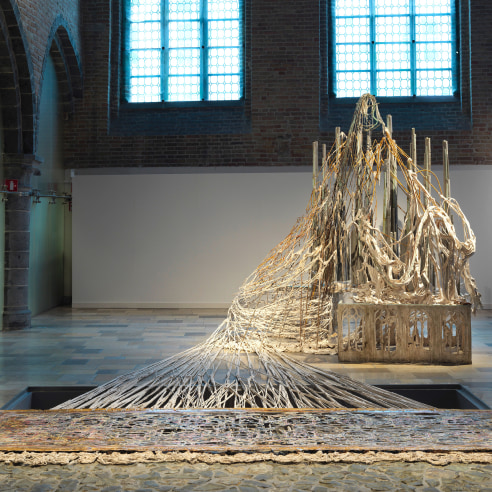
Hans Memling was one of the most important painters in fifteenth-century Burgundian Bruges. He painted a series of artworks for the medieval St. John’s Hospital, including the Shrine of St. Ursula, one of the masterpieces of Flemish Primitive panel painting. In addition to six of Memling’s most celebrated works, this museum also exhibits a range of other paintings, sculptures, furniture and utensils from the hospital’s rich history. St. John’s Hospital is an exceptional building and one of the oldest preserved medieval hospitals in Europe. It was only in the mid-nineteenth century that it ceased to care for patients. The St. John’s Hospital was converted into the Memling Museum in the twentieth century, with the authentic contents from that era as its core collection
Hans Memling’s work was highly regarded by fellow artists and contemporaries alike. Artists would visit St. John’s Hospital, not for medical care, but to study and be inspired by Memling’s paintings. Pieter Pourbus, Albrecht Dürer, Joshua Reynolds and James Ensor are just a few of the figures who were influenced by Memling in Bruges.
There is nothing new in the notion that artists influence one another’s work, whether consciously or unconsciously. Studying and copying work by pupils and illustrious predecessors is a core part of an artist’s training. The starting point for the exhibition ‘Memling Now’ is the notion that this influence carries over to the present day. For the exhibition, the museum selected five contemporary artists whose work already alluded to Memling. Two of these, Diana Al-Hadid and David Claerbout, created new work in response to the exhibition.
Thanks to the intervention of the King Baudouin Foundation in Belgium and the King Baudouin Foundation New York, the St. John’s Hospital was able to obtain a portrait by Hans Memling on long-term loan. Exceptionally, the Musée Jacquemart-André in Paris has loaned the small panel entitled ‘Allegory of Chastity’ for the ‘Memling Now’ exhibition.